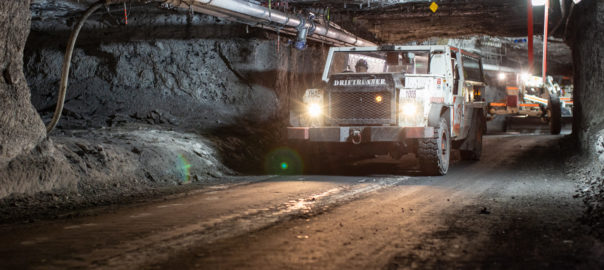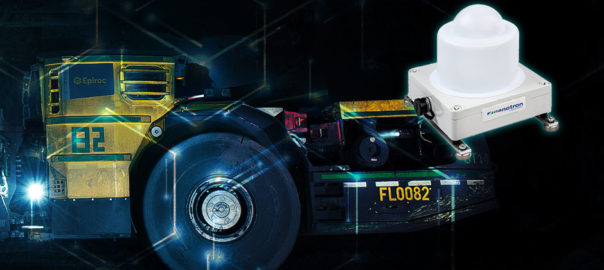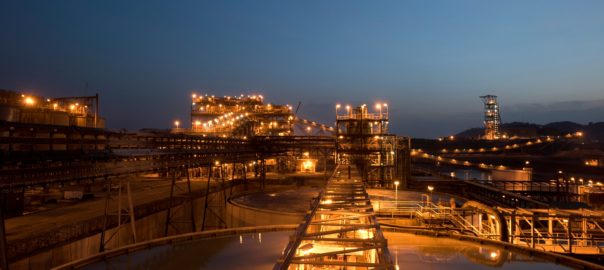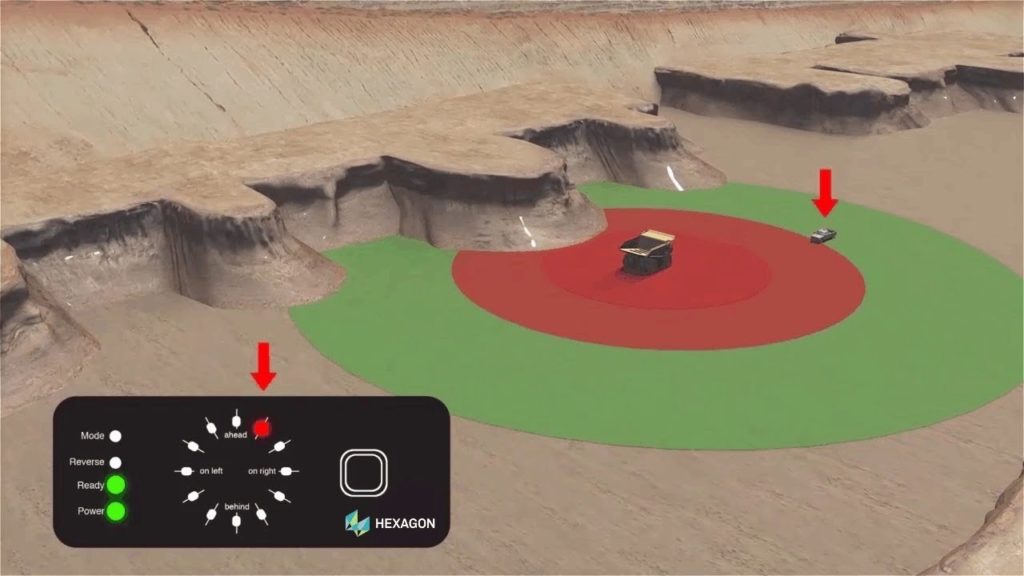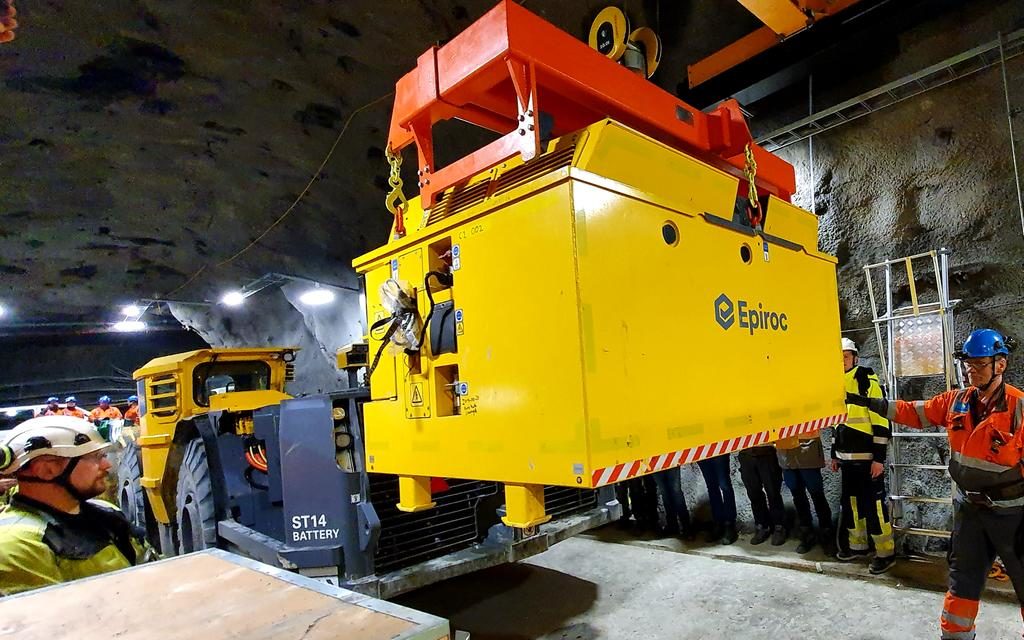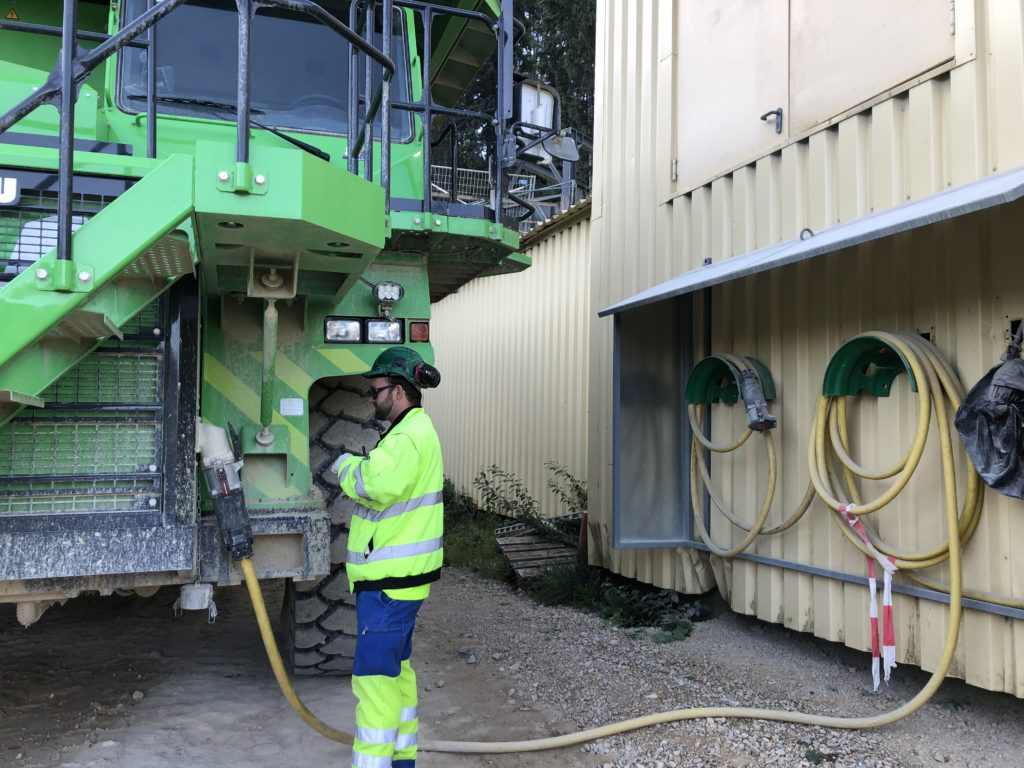The Innovation for Cleaner, Safer Vehicles (ICSV) initiative – a supply chain collaboration between the International Council on Mining and Metals (ICMM) and original equipment manufacturers (OEMs) – has made significant progress towards understanding what is needed to transform today’s fleet of mining vehicles into tomorrow’s new generation of cleaner, safer vehicles, members of its CEO Advisory Group announced today at IMARC Online.
The ambitions of the ICSV initiative are to introduce greenhouse gas emission-free surface mining vehicles by 2040, minimise the operational impact of diesel exhaust by 2025 and make vehicle collision avoidance technology available to mining companies by 2025.
Two years on from announcing these ambitions, eight new OEMs have joined the initiative, taking the number of participating OEMs to 19, the ICMM said. This includes 3MTech, Behault, Future Digital communications, MTU, Miller Technologies, Miller Technologies, Nerospec, Newtrax and Torsa, the ICMM confirmed to IM.
ICMM members, representing around 30% of the global metals market with over 650 assets, have undertaken assessments to establish a clearer view of the progress made at site level towards each ICSV ambition. These assessments indicate ICMM members are generally at early stages of maturity in the journey, and show what progress will look like for each ambition, the ICMM said.
“This significant representation of industry can speak with an aligned voice, on aligned objectives with OEMs and third-party technology providers,” it added. “In its first two years, the ICSV initiative has achieved the critical step of sending strong signals to OEMs and third-party technology providers on their requirements, and on what is needed to accelerate development and adoption of technology across the industry.”
The initiative is led by a CEO Advisory Group comprising each leader of BHP, Anglo American, Gold Fields, Caterpillar, Komatsu and Sandvik, several members of which spoke today at IMARC Online about the collaborative model.
Nick Holland, Chief Executive, Gold Fields (and Chair of the CEO Advisory Group), said there was a critical need to advance work on cleaner, safer vehicles in mining, which will have important health and safety benefits and contribute towards the pressing need of decarbonising the mining industry.
“It is recognised that there are measures we can implement now, but other, more impactful, interventions are reliant on technology pathways that are still evolving,” he said. “This will undoubtedly take time, but the industry’s collaboration with OEMs, through the ICMM, is critical as we look for these long-term, sustainable and integrated solutions.”
Mike Henry, Chief Executive, BHP, added: “Safer, cleaner mining equipment is important for our people and the world. No one party can tackle this on their own though. The ICSV initiative brings together equipment manufacturers and ICMM members to accelerate the innovations required to improve equipment safety and reduce emissions. This is a great example of the collaborative industry-level effort that can help bring about the scale and pace of change that is needed.”
Denise Johnson, Group President, Caterpillar, said the OEM was committed to helping customers operate safely and sustainably, with the ICSV initiative helping it collaborate even more closely with the mining industry in these important areas.
“Its progress to date has helped to form a shared understanding of where the industry is on its journey and demonstrates that by working together we can more quickly accelerate the pace of change,” she said of the initiative.
Tom Butler, CEO, ICMM, added: “Partnership and collaboration fuels long-term sustainable development, and is crucial to addressing some of the mining industry’s biggest sustainability challenges. Progress made on the ICSV initiative has been building the widespread confidence needed to accelerate the level of innovation investment required to scale up commercial solutions. The initiative will benefit the entire industry and is open to all OEMs who would like to join.”
ICMM has developed tools to support the industry, OEMs and third-party technology providers to meet the initiative’s ambitions, it said. These tools include an ICSV Knowledge Hub that, the ICMM says, facilitates knowledge sharing of industry innovations, provides technical and practical resources including case studies, standards, regulations and a technology and solutions database.
Additionally, a set of “maturity frameworks” that help to “map, motivate and measure” progress against the ambitions have been published, with the intention to stimulate conversations within companies that drive thinking, decision making and action, it added.
In 2021, ICMM’s company members will focus on integrating the initiative’s goals into their corporate planning processes, allocating internal resources and effectively leveraging external resources such as synergies with other industry initiatives and collaboration between member companies, the ICMM said.








